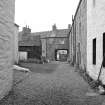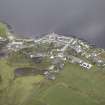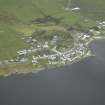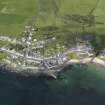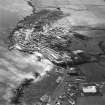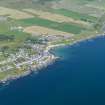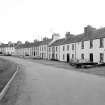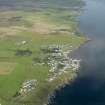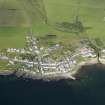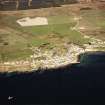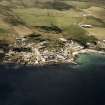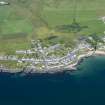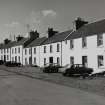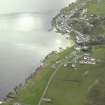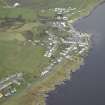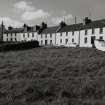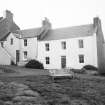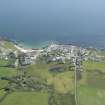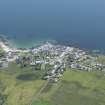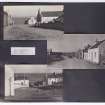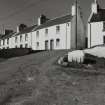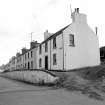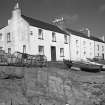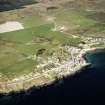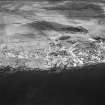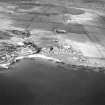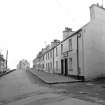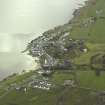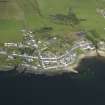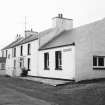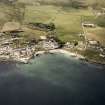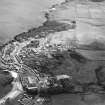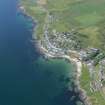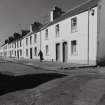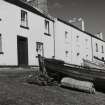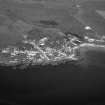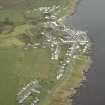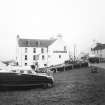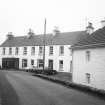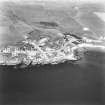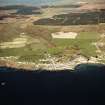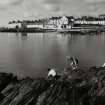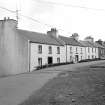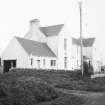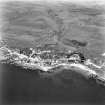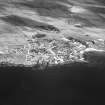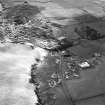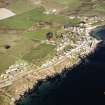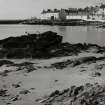Following the launch of trove.scot in February 2025 we are now planning the retiral of some of our webservices. Canmore will be switched off on 24th June 2025. Information about the closure can be found on the HES website: Retiral of HES web services | Historic Environment Scotland
Islay, Port Charlotte
Village (19th Century)
Site Name Islay, Port Charlotte
Classification Village (19th Century)
Canmore ID 37302
Site Number NR25NE 14
NGR NR 2526 5817
NGR Description Centred NR 2526 5817
Datum OSGB36 - NGR
Permalink http://canmore.org.uk/site/37302
- Council Argyll And Bute
- Parish Kilchoman
- Former Region Strathclyde
- Former District Argyll And Bute
- Former County Argyll
NR25NE 14.00 centred 2526 5817
NR25NE 14.01 NR 25284 58340 Port Charlotte Hotel
NR25NE 14.02 NR 2528 5858 Museum of Islay Life
Field Visit (August 1977)
This well-preserved planned village was founded on the farm of Glassans by Walter Frederick Campbell of Islay in 1828, and was named in honour of his mother. Lady Charlotte Campbell.' Although occupying a coastal site on the w shore of Loch Indaal, the settlement was primarily agricultural in its original purpose and was partly intended to serve a distillery, which was established in 1829.
The remains of Lochindaal Distillery are situated at the N end of the village on the right bank of the Abhuinn Gearach, and groups of domestic buildings are arranged in a curvilinear pattern over a distance of about 500m on the w side of the highway which runs southwards to Portnahaven. At the centre of the village, terraced rows of houses are also grouped on the lower (E) side of this road and along the lanes leading down to and fronting the fore-shore; one of these lanes intersects the main road and continues its ascent westwards towards a former school-building and ultimately to Kilchiaran. Linear walled gardens are ranged behind the W properties, and the principal agricultural lots were originally
situated further to the W.
The houses are for the most part plain two-storeyed rectangular blocks of symmetrical three-bay design, whose frontages vary between about 8-7m and 10-1 m in width. They are constructed of harled or rendered limewashed rubble-masonry, and the majority have painted offset doorway-margins wrought with a simple chamfer. The first floor of one of the low-level houses on the E side of the main road is reached directly by a bridge, and a building with an external forestair stands near the shore at the S end of the village.
Visited August 1977
RCAHMS 1984




























































